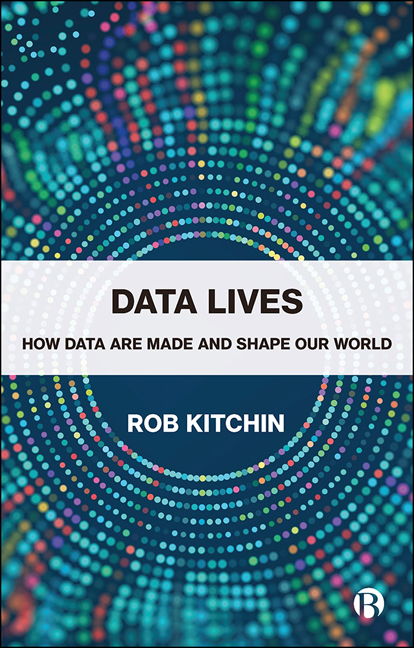9 - The Politics of Building Civic Tech
Published online by Cambridge University Press: 05 January 2022
Summary
Open data can be used to build all kinds of civic tools, one of which are city dashboards. These use a suite of interactive, often interlinked, visualizations (graphs, charts, gauges and maps) to display time-series data about the performance of a city. The idea is to enable users to see the present state of play and the historical trend with respect to different aspects of urban life: economy, labour market, demographics, transport, environment, housing, health, education, crime and emergency services. In some cases, benchmarking is used to show how a city is performing with respect to other cities, or how neighbourhoods within a city compare to each other. Ideally, the data displayed are as timely (real-time, weekly, monthly, quarterly, and preferably no more than annually) and spatially (exact location, neighbourhood, district) resolute as possible, and are typically operational and administrative in nature. Cities generally use dashboards as informational tools to help shape and monitor policy interventions; some also use them as management tools to monitor and guide performance of city services and staff.
Building a city dashboard is a good way to gain an in-depth knowledge of how civic tech can be created using open data, and the politics and praxes involved. This was a strategy we adopted on ‘The Programmable City’ project, which sought to examine how city processes are captured within code and as data, and how these code and data are then used to manage our cities. For most components of this project, research was carried out by conducting interviews with key actors and spending time working with smart city initiatives. However, for the city dashboard to work, rather than seeking to understand an initiative from the outside, our plan was to immerse ourselves in the process from the inside by creating the technology.
At the initial meeting in November 2013 between myself and Gavin McArdle, a computer scientist hired to build the dashboard, we started to map out an initial requirements analysis for an operational system. We discussed the possible scope and organization for our proposed dashboard, identified desirable datasets and their necessary characteristics, explored potential software options, sketched out a basic strategy and timeline for development, and set out what research needed to be undertaken over the next few weeks.
- Type
- Chapter
- Information
- Data LivesHow Data Are Made and Shape our World, pp. 69 - 78Publisher: Bristol University PressPrint publication year: 2021



